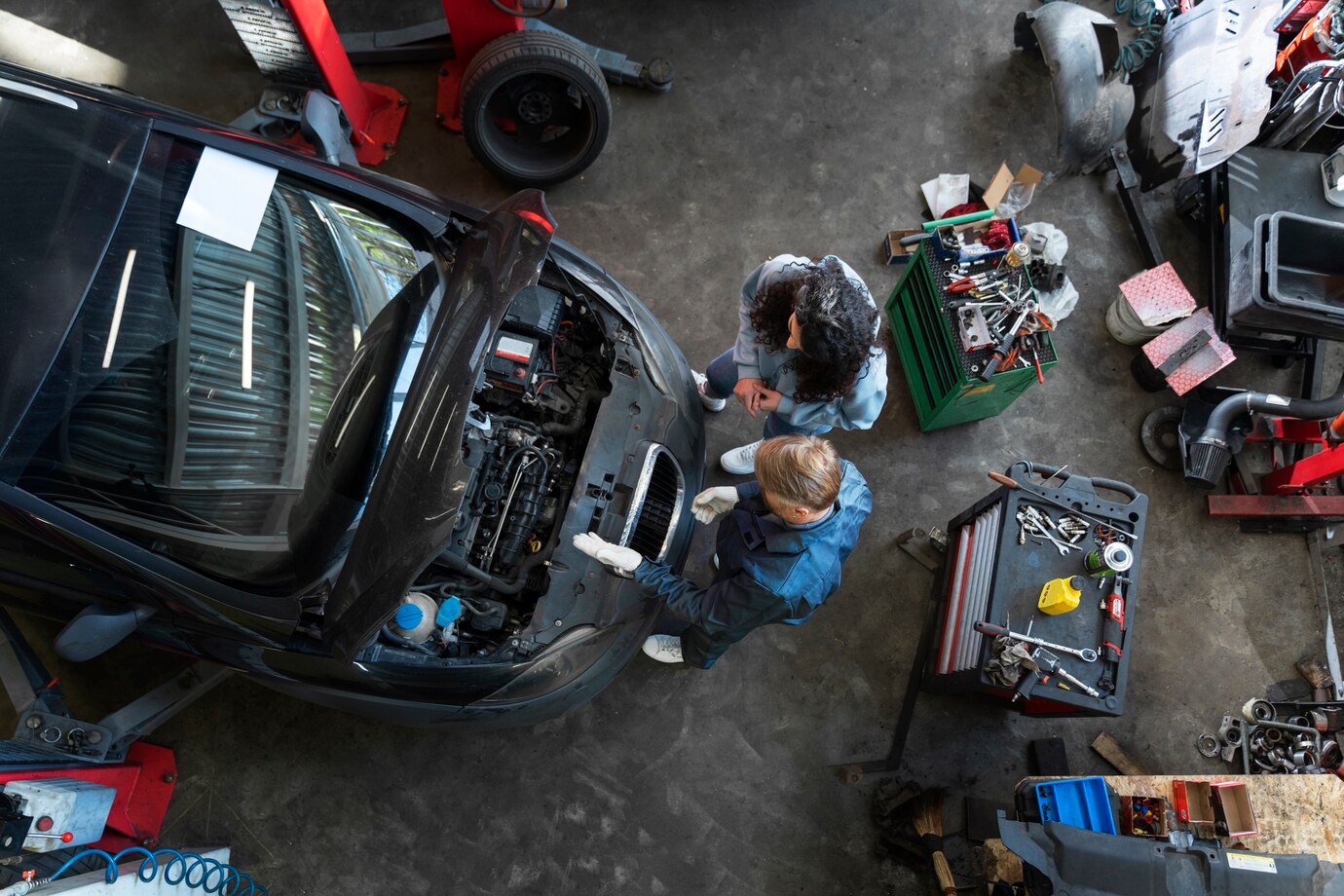When it comes to upgrading a car’s audio system, the subwoofer enclosure plays a crucial role in determining the overall sound quality. Among the different types of subwoofer boxes available, sealed enclosures stand out as the top choice for those who seek precise, controlled, and natural bass. Whether you’re an audiophile looking for clean low frequencies or someone who enjoys an immersive listening experience, choosing the right 12-inch subwoofer box can make all the difference.
Understanding the Role of a Subwoofer Box
A subwoofer enclosure is not just a container for your speaker—it is a key component in shaping how the subwoofer performs. The enclosure controls air movement, affects resonance, and determines how deep and clear the bass sounds. The right enclosure will allow the subwoofer to operate at peak efficiency, ensuring that the sound remains balanced and powerful.
There are different types of subwoofer enclosures, including sealed, ported, and bandpass designs. Each has its advantages, but for pure, tight bass with minimal distortion, sealed enclosures are often the preferred choice.
What is a Sealed Subwoofer Box?
A sealed subwoofer box is an airtight enclosure that does not allow air to escape. This design helps control the movement of the subwoofer cone, leading to more accurate bass reproduction. Unlike ported or bandpass enclosures, sealed boxes focus on clarity over volume, making them ideal for those who want detailed and refined bass.
Advantages of Sealed Enclosures
1. Tight and Accurate Bass
Sealed enclosures prevent excessive movement of the subwoofer cone, ensuring that bass notes remain crisp and precise. This is particularly important for genres that require accurate sound reproduction, such as rock, classical, jazz, and acoustic music.
2. Smooth Frequency Response
Because sealed enclosures do not boost certain frequencies like ported boxes do, they deliver a flat and natural sound profile. This makes them great for listeners who appreciate a balanced audio experience without excessive bass exaggeration.
3. Compact and Space-Saving Design
Sealed boxes tend to be smaller than their ported counterparts, making them a great choice for vehicles with limited space. If you need deep bass without sacrificing too much trunk or cabin space, a sealed 12-inch subwoofer box is an excellent option.
4. Better Power Handling and Control
Since sealed enclosures require more power to produce high sound levels, they work well with quality amplifiers that deliver clean power. The result is a controlled and distortion-free bass response, even at high volumes.
5. More Versatile Placement Options
Due to their compact design and non-reliance on port positioning, sealed enclosures can be placed in various locations in a vehicle without significantly affecting performance. They are well-suited for under-seat installations, trunk placements, and custom setups.
How a Sealed 12-Inch Subwoofer Box Enhances Sound Quality
A sealed 12-inch subwoofer box delivers a consistent and controlled bass experience. Unlike ported enclosures that emphasize loudness and deep rumbling bass, sealed boxes focus on accuracy and smooth sound reproduction. Here’s how a sealed subwoofer box enhances the overall listening experience:
1. Reduced Distortion at High Volumes
Because sealed enclosures restrict excessive cone movement, they minimize unwanted distortion. This means that even when the volume is turned up, the bass remains clean and punchy without unwanted resonance.
2. Better Integration with the Rest of the Audio System
A common issue with ported boxes is that they can overpower the rest of the speakers, making the bass sound disconnected from the mids and highs. A sealed box blends seamlessly with the entire sound system, providing a cohesive listening experience.
3. Improved Low-End Detail
Instead of producing an overwhelming bass that drowns out other frequencies, sealed enclosures ensure that subtle bass notes and textures are clearly heard. This makes them ideal for audio enthusiasts who appreciate nuances in their music.
Comparing Sealed vs. Ported Enclosures
While sealed enclosures offer clarity and control, ported enclosures have their own advantages. Here’s a quick comparison:
| Feature | Sealed Enclosure | Ported Enclosure |
|---|---|---|
| Bass Accuracy | High | Moderate |
| Loudness | Moderate | High |
| Power Efficiency | Requires More | Requires Less |
| Size | Compact | Larger |
| Frequency Response | Smooth & Even | Emphasized Low-End |
For those who want a natural, distortion-free bass response, sealed enclosures are the best choice. If your goal is to maximize loudness and deep bass rumble, a ported enclosure might be a better fit.
Choosing the Right Sealed 12-Inch Subwoofer Box
When selecting a sealed subwoofer box, several factors need to be considered to ensure optimal performance:
1. Material Quality
- MDF (Medium-Density Fiberboard) is the most common material used for subwoofer enclosures due to its durability and ability to prevent unwanted vibrations.
- Avoid thin or poorly built boxes, as they can cause sound leakage and reduce performance.
2. Internal Volume
- Every subwoofer has an optimal sealed box volume recommendation from the manufacturer. Matching the box volume to the subwoofer’s specifications ensures accurate bass response.
3. Build and Sealing Integrity
- A properly sealed box should have airtight joints to prevent air leaks. Any gaps can lead to a loss in sound quality.
4. Mounting Depth Compatibility
- Ensure that the box can accommodate your subwoofer’s mounting depth, allowing for proper airflow and performance.
5. Location and Placement
- Depending on your vehicle, consider the best placement for the box, whether in the trunk, under seats, or behind the rear seats.
Installation Tips for Maximizing Performance
- Secure the Box Properly
- Prevent vibrations and movement by securing the enclosure with brackets or straps in the vehicle.
- Use the Right Wiring and Amplifier
- Pair the subwoofer with an amplifier that matches its power requirements to prevent underpowering or overpowering.
- Ensure Proper Sealing
- Double-check all seams and use acoustic sealant if needed to prevent air leaks.
- Test Different Positions
- Experiment with placement in different areas of the vehicle to find the best sound quality.
Conclusion
A sealed 12-inch subwoofer box is an excellent choice for those who value precision, clarity, and a balanced bass response. While it may not produce the extreme loudness of a ported enclosure, it excels in delivering clean, distortion-free bass that enhances any music genre. By choosing a high-quality sealed box and pairing it with the right amplifier and subwoofer, you can achieve a pure and immersive audio experience in your vehicle.



